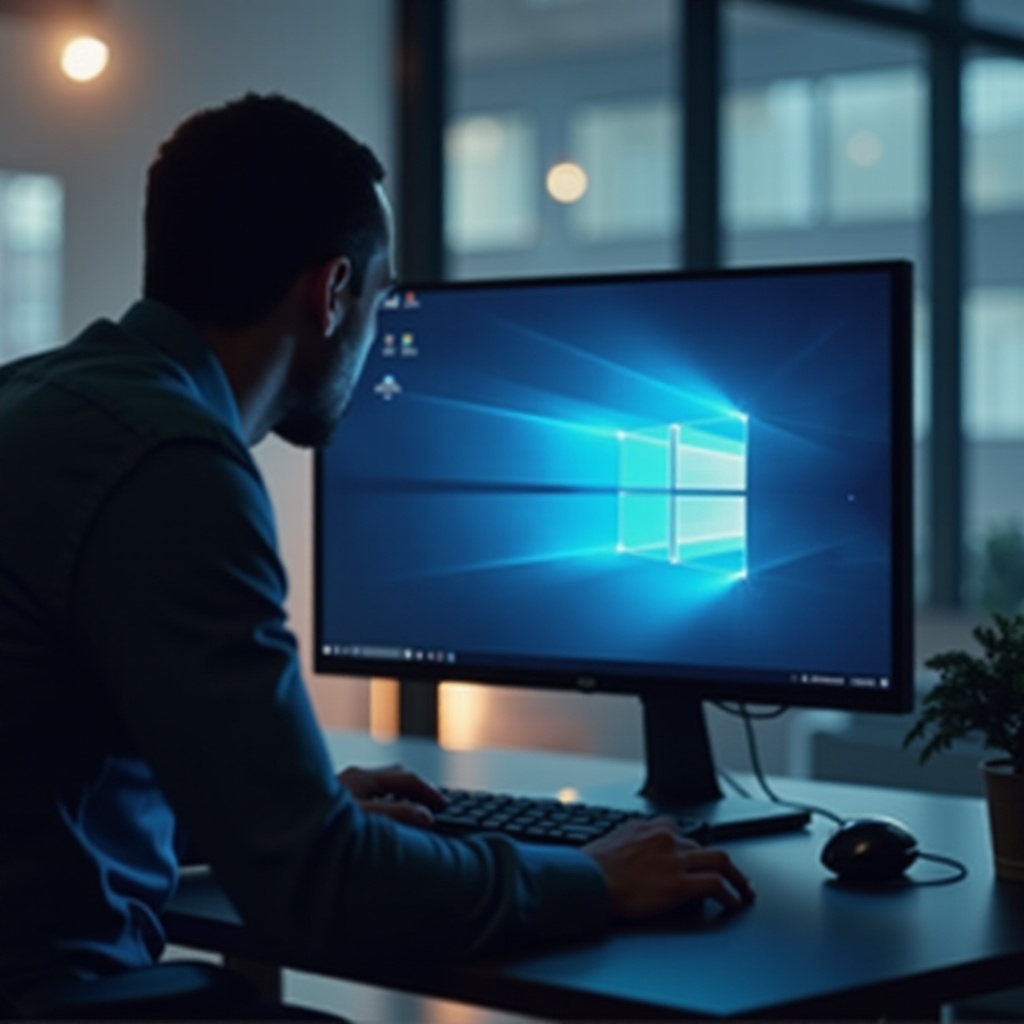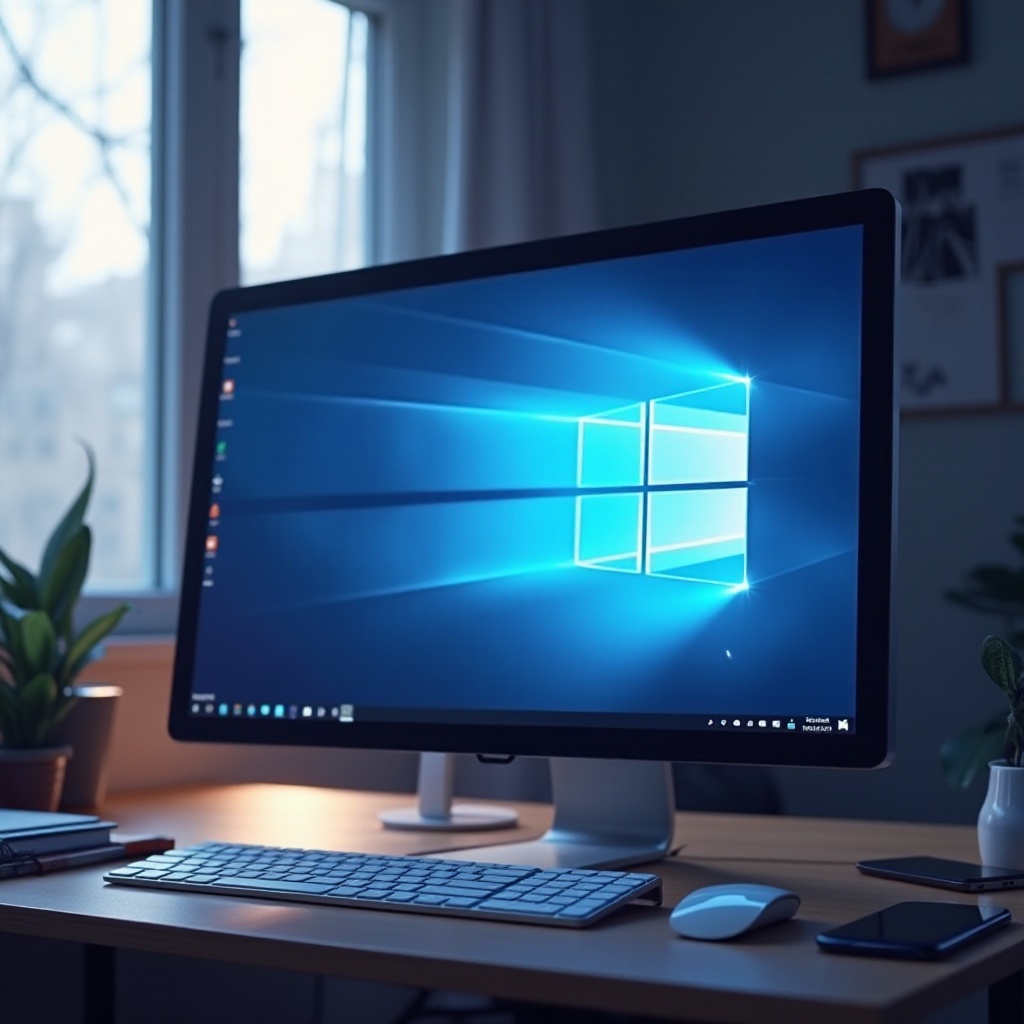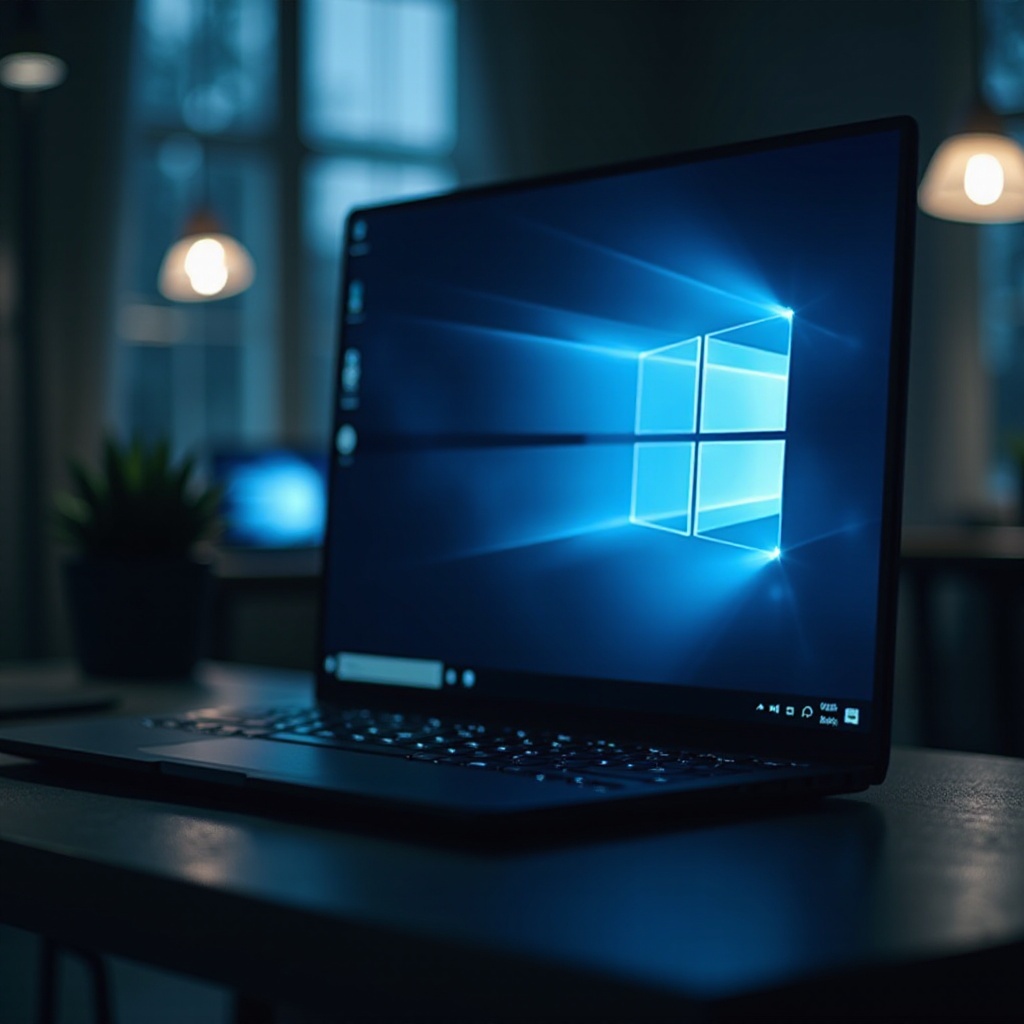How to Resolve Windows 11 Freezes on Startup: A Comprehensive Guide
Introduction
Windows 11 is celebrated for its user-friendly interface and innovative features. However, users occasionally face challenges such as startup freezes that can disrupt productivity and lead to frustration for both casual users and professionals. The good news is that you can address these issues with practical steps. This comprehensive guide aims to help you understand, diagnose, and resolve Windows 11 startup freezing issues. By following our detailed instructions, you can restore your PC to optimal performance and prevent such disruptions.

Understanding the Issue
When Windows 11 freezes on startup, it can feel alarming and unexpected. This problem often appears as the system hanging or becoming unresponsive within the first few minutes of booting. Users may find themselves staring at a frozen screen, unsure of the next step. Frustrating as it is, understanding the underlying causes of these freezes can empower you to tackle the issue head-on. By recognizing the root causes, you can swiftly identify and execute the appropriate solutions.
Common Causes of Windows 11 Startup Freezes
Multiple factors can lead to Windows 11 freezing on startup, including:
-
Software Conflicts: Conflicts between applications or between an application and the OS can result in system freezes. Applications seeking simultaneous access to the same resources can cause significant delays.
-
Hardware Problems: Malfunctioning hardware components, such as failing hard drives or insufficient RAM, might trigger freezes. Ensuring your hardware works correctly is essential for system stability.
-
Driver Issues: Outdated or corrupted drivers can create compatibility problems. Since drivers facilitate communication between the OS and hardware, any issues here may lead to a freeze.

Initial Steps to Diagnose the Problem
Before proceeding to more complex solutions, start with these simple diagnostic steps to pinpoint the issue:
- Boot into Safe Mode:
- Restart your computer.
- Press the F8 key before the Windows logo appears to access the menu.
- Select ‘Safe Mode’ from the options.
Booting into Safe Mode starts Windows with only essential drivers and services, helping to isolate the problem.
- Perform a Basic System Restart:
- Hold the power button for about 10 seconds until the PC shuts down.
- Turn the system on again to check if the issue persists.
A simple restart often clears minor glitches and can restore system functionality.
Software Solutions to Fix Startup Freezes
After addressing basic diagnostics, you can focus on specific software solutions:
- Uninstall Recent Updates and Apps:
- Navigate to Settings > Update & Security > Windows Update.
- Click ‘View Update History’ and select ‘Uninstall updates.
-
Remove any recent updates that might be causing freezes.
-
Update or Roll Back Drivers:
- Press Windows + X and select Device Manager.
- Identify drivers requiring updates or rollbacks.
-
Right-click and choose ‘Update driver’ or ‘Roll back driver.
-
Run System File Checker (SFC) and DISM:
- Open Command Prompt as an administrator.
- Type
sfc /scannowand press Enter. - Once SFC completes, type
DISM /Online /Cleanup-Image /RestoreHealthand press Enter.
These tools automatically detect and repair corrupted system files, offering software support when driver updates aren’t enough.

Addressing Hardware-Related Issues
If software solutions don’t resolve the problem, consider potential hardware issues:
- Check Hard Drive for Errors:
- Open File Explorer and right-click on the hard drive.
-
Select ‘Properties,’ then under the ‘Tools’ tab, click ‘Check’ to scan for errors.
-
Test and Replace Faulty RAM:
- Use Windows Memory Diagnostic (search it in the start menu).
- Follow the prompts to check for RAM problems.
Replacing faulty RAM might be necessary if errors are detected, ensuring your system hardware can support software operations adequately.
Advanced Troubleshooting Techniques
For persistent issues, advanced troubleshooting may be required:
- BIOS/UEFI Updates:
- Visit your motherboard manufacturer’s website.
-
Download and install any available BIOS updates.
-
Perform a Clean Boot or System Restore:
- Type ‘msconfig’ in the Run dialog, select ‘Boot,’ then ‘Safe boot.
- Reboot and disable startup items to see if a clean boot restores functionality.
- Alternatively, use System Restore to revert to a previous restore point.
Preventive Tips to Avoid Future Freezes
To prevent startup freezes, consider adopting these proactive measures:
- Regularly update your operating system and drivers.
- Conduct frequent hardware checks to ensure everything functions correctly.
- Minimize the number of startup programs to ease system load.
- Implement a reliable antivirus solution to protect your system from malware threats.
Conclusion
Although Windows 11 freezing on startup can be inconvenient, using the right steps can help resolve this issue. By diagnosing and addressing both software and hardware-related concerns, you can mitigate the risk of freezes. Employ these strategies to ensure your Windows 11 boots smoothly, leading to a seamless computing experience.
Frequently Asked Questions
Why does Windows 11 keep freezing on startup after updates?
Certain updates may conflict with existing drivers or software, leading to freezes. Rolling back or updating these conflicting components can help resolve the problem.
Can third-party software cause startup issues in Windows 11?
Yes, third-party applications may conflict with system processes, causing startup issues. Uninstalling or updating these apps can potentially solve the problem.
How do I know if my hardware is causing Windows 11 to freeze?
Utilize built-in diagnostic tools to detect hardware errors. Persistent issues despite trying software solutions usually indicate hardware faults.
